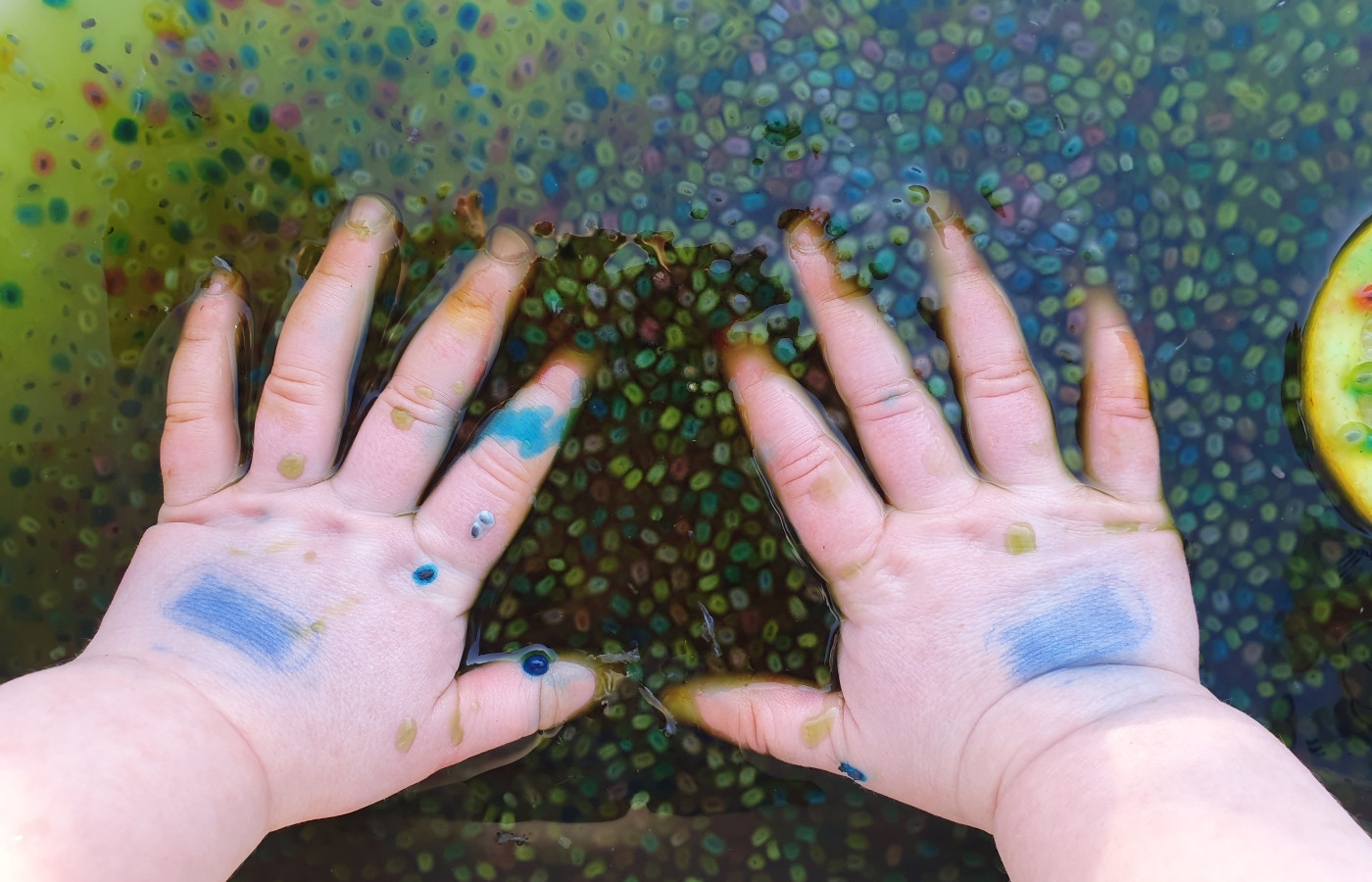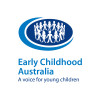Let's get messy with paint!

Let's get messy with paint!
Paint with your fingers, toes or whole body!
Materials Required
- Paper (any size)
- Washable poster paints
- Paper plate or something to put the paint on (these are good for finger painting)
- Wipes (almost essential for this activity!) or bucket with water
- Painting mat and painting clothes
Play experience profile
-
Ages:
-
Min Playtime5 - 15 Minutes
-
Skills
-
Energy LevelActive play
-
Messiness Rating
-
EYLF Outcomes
Play Experience Preparation
Prepare a space where you want your child to paint - Clothing for your child is optional!Experience Steps
- Give your child the paper and the paints and let them go!
- If they have never used their fingers to paint before try to show them what they can do - dots, stripes, zig zags, patters and drawing. Have them mix the colours together. The main thing you want them to do is create and explore the art materials.
- Make sure you join in too!
- You can add some texture to the paint e.g. sand.
- Take a print of the painting by pressing paper over the top of the painting.

What to talk about, or questions to ask during the experience
- Dots, colours (whatever colour you have) zig zag, lines, shapes
- Fingers, toes (depends on where they put the paint you can encourage body part labeling!)
- Ask them "how does the paint feel?"
Build on this...
- You can attempt to try this again at another time but use mud instead of paint.
WHO guidelines for physical activity and sedentary behaviour
Provide evidence-based public health recommendations for children, adolescents and adults on physical activity.
Learn more
Provide evidence-based public health recommendations for children, adolescents and adults on physical activity. Learn more
This can be a very active play experience, especially if outside and on large sheets of paper.
EYLF Outcomes
The Early Years Learning Framework has been designed for use by early childhood educators working in partnership with families, children’s first and most influential educators.
View PDF
The Early Years Learning Framework has been designed for use by early childhood educators working in partnership with families, children’s first and most influential educators. View PDF
- Children develop dispositions for learning such as curiosity, cooperation, confidence, creativity, commitment, enthusiasm, persistence, imagination and reflexivity
- Children develop a range of skills and processes such as problem solving, inquiry, experimentation, hypothesising, researching and investigating
EYLF Principle
Principle 5: Ongoing learning and reflective practice. Critical reflection involves closely examining all aspects of events and experiences from different perspectives.
EYLF Practice
Practice: Learning through play. Play can expand children’s thinking and enhance their desire to know and to learn. In these ways play can promote positive dispositions towards learning. Children’s immersion in their play illustrates how play enables them to simply enjoy being.
Benefits of mud play - https://natureplayqld.org.au/blog/why-playing-in-the-mud-is-more-than-just-fun
Mud play for kids - https://www.healthline.com/health/childrens-health/mud-play
Author:


